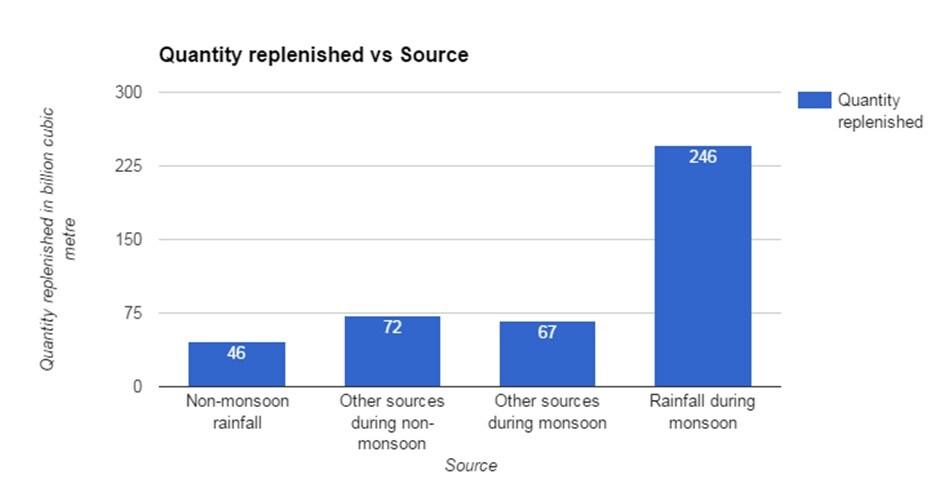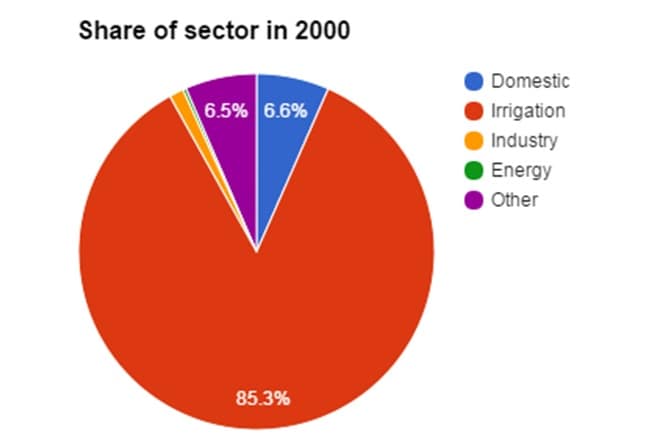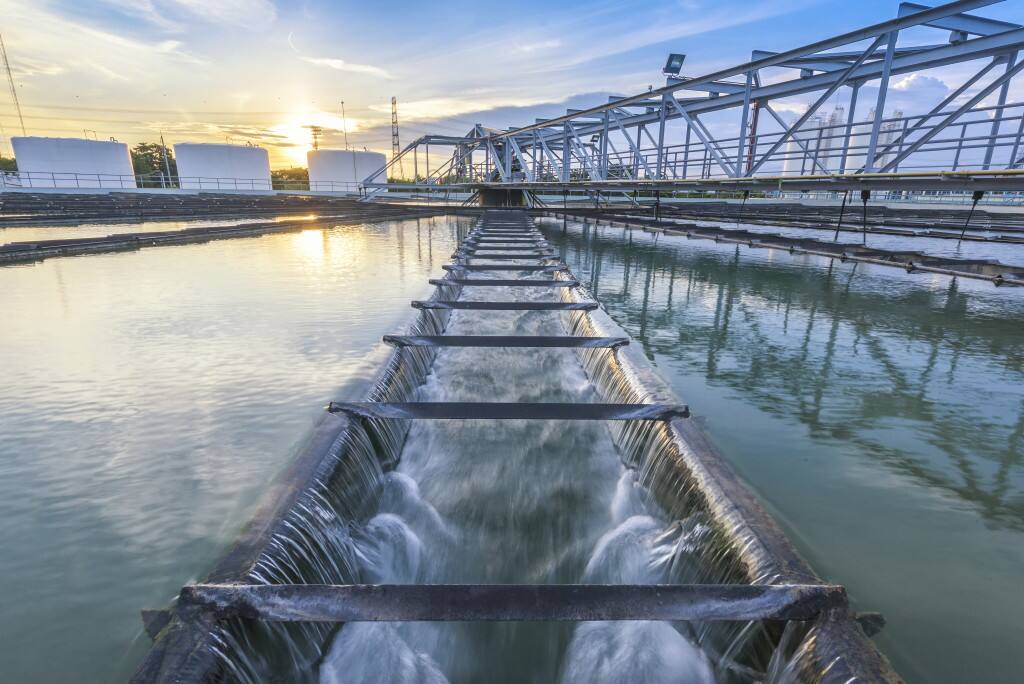In the scorching heat of the midday sun, children dive into the Barighat dam in central Madhya Pradesh to escape the high noon. However, this ordinary scene common to villages across India is distorted by the presence of men standing guard with country-made guns to ward off farmers from neighbouring states from drawing water. With two consecutive drought years, Barighat dam is one of the few remaining water bodies left in the state. The Mad Max dystopian future is a reality here. Luckily, 2016 provided much relief with most parts of India receiving above average rainfall especially in the Eastern and north eastern parts of India. For starters nearly 60% of agricultural land in India in rain-dependent. Any deficiency in rainfall can have a negative impact on the produce and the standard of living. The remaining land is irrigated through surface water like rivers, reservoirs, and groundwater. As perennial rivers in India are few, most irrigation procedures involve the use of groundwater. Any groundwater tables are under extreme stress.  Firstly, the Green Revolution was responsible for providing farmers in the country granary belt with bumper crops due to the use of high yield seeds. These hybrid variants would produce ten times the yield than regular seeds in the same plot. To produce bumper crops, a steady flow of water was required and therefore depending on rainfall would not be possible. Many state governments provided cheaper electricity to farmers to pump groundwater for irrigation purposes. While the crop yields have increased significantly, groundwater tables have been severely depleted. As data from the Central Groundwater Board shows rainfall is the lifeline for ground water.  While the lion’s share is used for irrigation purposes, water is required for domestic and industrial purposes. As per a UN report in 2010, apart from Trivandrum and Kota no Indian city has a continuous supply of water for 24 hours year round. Increasing migrations to the urban areas due to renewed focus on manufacturing and infrastructure development compounded by the decline in the agricultural sector will have an adverse effect on the already sparse water resources. Data from the Ministry of Water Resources show that the annual per capita availability of water has decreased falling from 1,816 cubic metres in the year 2001 to 1,545 cubic metres in 2011. Right now the country stands at a precipice. Combating melting of the polar icecaps, Himalayan glaciers, and rising sea levels is beyond the scope of the Indian government. However, the central and state governments (Water is the responsibility of the state government) can take immediate actions in certain areas through proper mechanisms and regulations. For instance, the state of Tamil Nadu led the way in 2001 by making it compulsory for every building to harvest rainwater. The city of Chennai reaped rich dividends of this move as it raised groundwater levels. Similar measures are in the process of implementation around the country, albeit at a snail’s pace. [caption id=“attachment_3134320” align=“aligncenter” width=“820”]  Image Courtesy: Shutterstock[/caption] Another area of attention is pollution and water treatment. The country may not need to build more dams or reservoirs (India ranks third in the number of dams in the world), and even then construction would take years to materialize. Instead, to capitalize on existing resources is the need of the hour. The idea is to provide people with more water using current resources while new infrastructure can be built. This can be done by ensuring there is no contamination of water sources, water, and sewage treatment, plugging leakages in the distribution system. Honestly, we need more public-private partnerships as the private sector is more agile in implementation and deployment while the public sector can retain ownership and set tariffs. Herein the main challenge would be to ensure affordability while being viable and the number of private operators increasing in this sector will help drive down costs. The stark truth lies in the way water is protected in Bariaghat in the border region of Madhya Pradesh. To solve the crisis we need collective efforts right from government building reservoirs to people pledging to Jaldaan and helping fellow citizens quench their thirst. The need of the hour is a collective effort that binds us all. The alternative is a planet that is not blue anymore. This is a partnered post.
The idea is to provide people with more water using current resources while new infrastructure can be built.
Advertisement
End of Article


)
)
)
)
)
)
)
)
)



